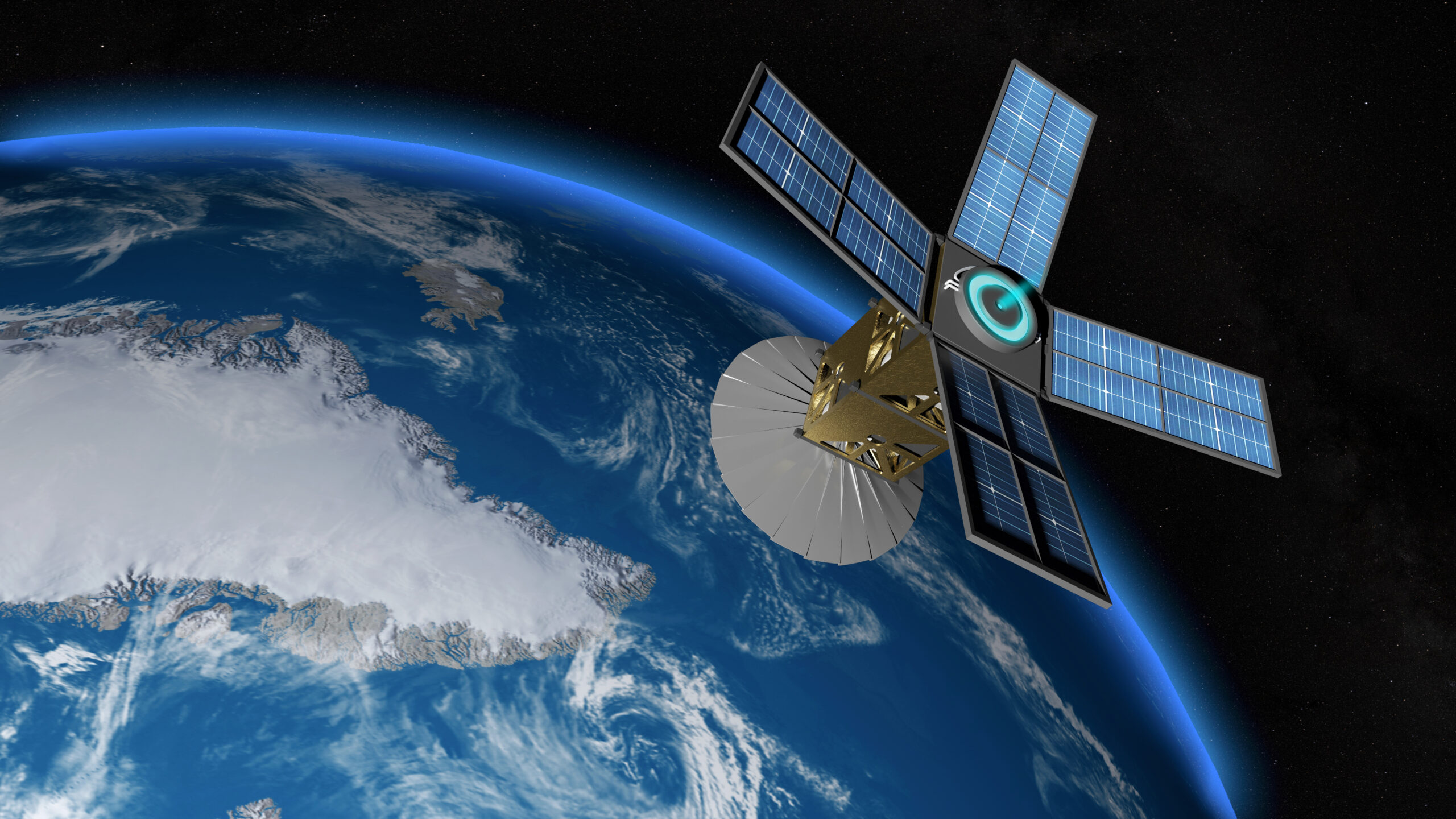Unlocking Lunar Secrets: Florida Tech’s Satellite Study of the Moon Secures NASA Grant

Florida Institute of Technology (Florida Tech) has been chosen as one of eight universities to receive funding from NASA’s University Nanosatellite Program. The $60,000 grant, spanning from May to August, will support a research project led by Paula do Vale Pereira, an assistant professor of aerospace engineering. The program aims to provide students with valuable systems engineering training while advancing the expertise of faculty members in small satellite technology.
Under Pereira’s guidance, a team of four student researchers will focus on examining the necessary requirements and components for a small satellite. Their ultimate objective is to construct a CubeSat—a type of miniaturized satellite—with specialized sensors to orbit the moon and conduct a comprehensive study of its surface terrain.
The sensors will scan the moon’s surface in multiple spectra, including infrared, visible, and ultraviolet. By comparing this data with moon regolith samples collected during upcoming Artemis missions, the team plans to create a “dictionary” known as Ground Truth. This dictionary will correlate reflection patterns from the moon’s surface with specific soil compositions, enabling scientists to estimate the composition of other celestial bodies based on remote observations.
Pereira, an active member of the Small Satellite Technical Committee of the American Institute of Aeronautics and Astronautics, chose the CubeSat platform for several reasons. CubeSats are cost-efficient compared to traditional satellites, and their relatively small size makes them lightweight and cheaper to launch. Additionally, by operating closer to the moon, the CubeSats can gather detailed data that would be challenging to obtain using Earth-based telescopes due to atmospheric interference and distance.
While the project involves rigorous research in the laboratory, it also incorporates various extracurricular activities. In May, a two-day kickoff meeting took place at the Kennedy Space Center, providing an immersive experience for the participants. The student researchers will further enhance their skills through an internship at the Air Force Research Lab in Albuquerque, New Mexico. They will then return to campus in July to continue their satellite research. In early August, Pereira and her team will travel to Utah to participate in a conference related to their research.
Pereira expresses her excitement about the mission’s potential findings and the invaluable experiences it offers to her students. She acknowledges the enthusiasm among university students for space-related hardware development and sees this project as an opportunity to provide hands-on experience to a select group of students. Pereira hopes to secure a larger two-year grant after completing the current funding cycle. Such a grant would cover the development and launch costs of the satellite, further propelling the research efforts.
Florida Tech’s involvement in NASA’s University Nanosatellite Program not only enhances the university’s reputation in the field of aerospace engineering but also contributes to the advancement of small satellite technology and our understanding of the universe’s mysteries.
